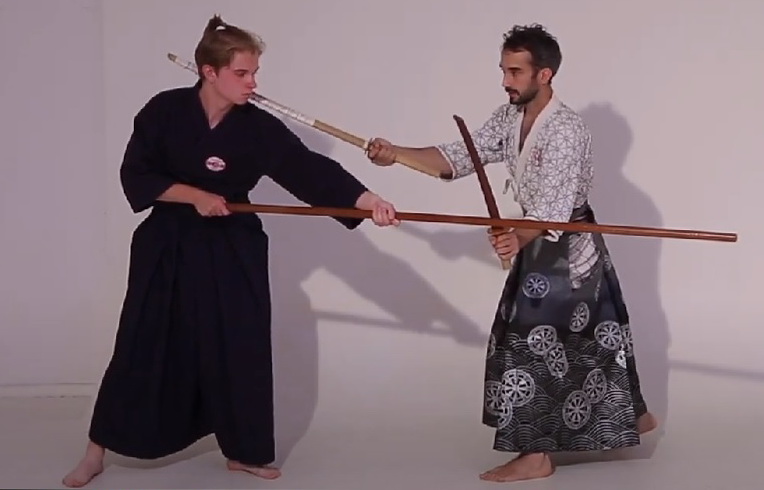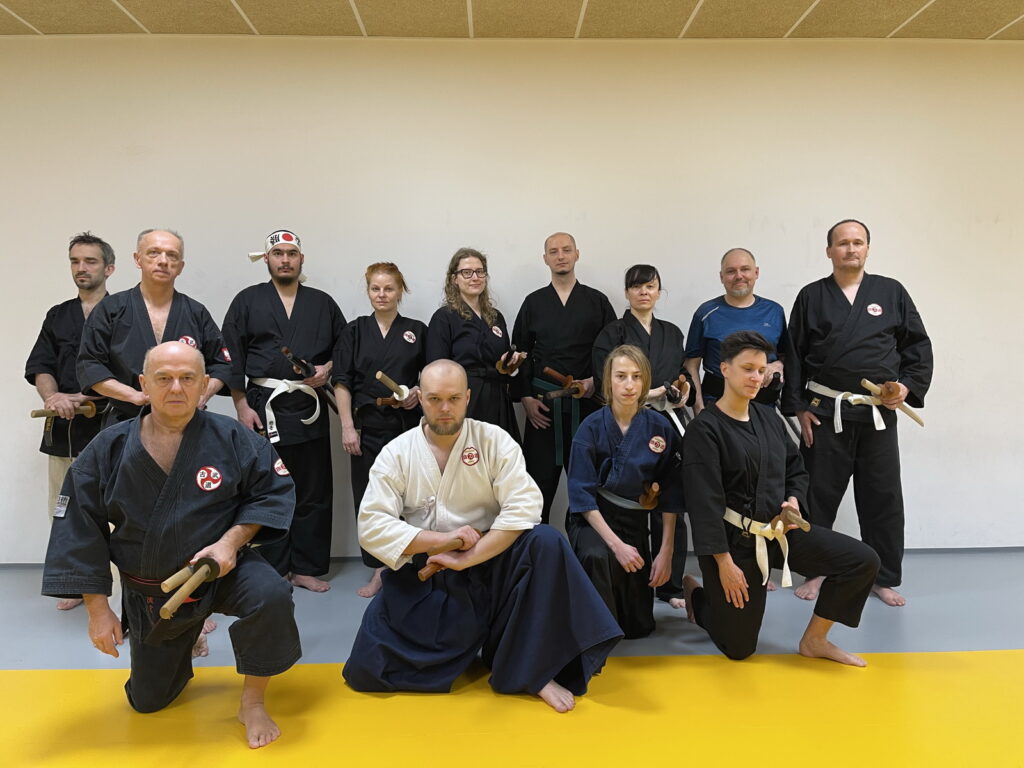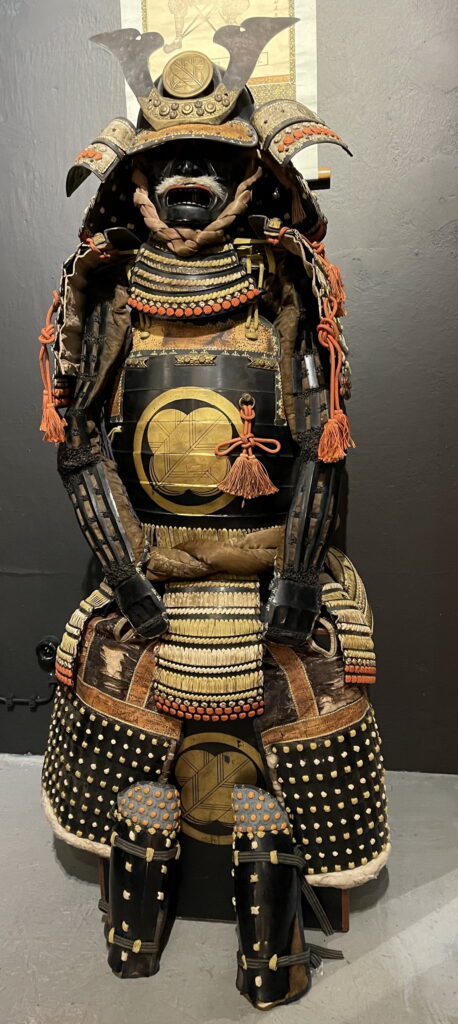

Ken-jutsu – 剣術
Kenjutsu is one of the old Japanese martial arts – budo, and especially weapon martial arts, the so-called koryū-bujutsu. There were many different schools of Japanese sword fencing (nihon-tō). The object of teaching these schools was the effective use of the sword in real combat.
Kenjutsu was a martial art highly valued by samurai. Throughout the history of Japan, the sword was considered a symbol and the main weapon of the knightly state, it was often called the „soul of the samurai”.
After the Battle of Sekigahara in 1600, during the period of shogunate and relative peace, many schools of kenjutsu developed, gradually called iaido. During the Edo period, these schools, influenced by the lack of real duels and battles with sharp swords, developed their fencing towards the elegance of movement, rather than its practical application.
Gradually, from the Edo period, very decorative katanas began to be used, with a little ergonomic construction, and increasingly rare duels and tests of fencing skills were conducted only with wooden bokuto.
In the twentieth century, iaido schools began to use for training non-sharp katana swords, gradually made of an alloy of soft metals – iaito. The vast majority of combat techniques are performed from a sitting position, because the trainings took place in low, Japanese rooms.
This stood in contrast to the emerging art of samurai fencing – battodo, where one trains with sharp swords standing up, training the skills of cutting soaked rice mats and bamboos, which resemble the human body in consistency. This is how the art of tameshigiri – tests of sword cuttings – developed.
Other schools that opted for fencing confrontation and also avoided sitting positions, concentrating on fighting with wooden swords – bokken began to be referred to as ken-jutsu schools. Ken-jutsu understood in this way is a very good complement to iaido, battodo and even sports kendo, where you fight spontaneously in special armor using swords made of bamboo beam, called shinai.


The specificity of the construction of the samurai sword (the blade is extremely thin, sharp, but therefore fragile – it exposed the sword to nicks and cracks during collisions) influenced the way of fencing, in which speed (overtakes, counter-attacks) and movement (dodges, distance change) were preferred.
In basic training, however, it is also worth practicing blocks and deflections with the opponent’s weapon. This purpose was served by sparring with wooden swords (sabers), called bokken or bokuto. It was a relatively safe (for the participant and his weapon) confrontation, common already in the seventeenth and eighteenth centuries.
In the ken-jutsu Mushin-ryu, bokken fighting systems are developed: ippon kumitachi, sambon kumitachi, okuri kumitachi, kaeshi kumitachi and renraku kumitachi.
The name ken-jutsu is often used for sword fighting schools, where bokken training and pair training – classic sparring dominate. The wooden Japanese saber is also a natural weapon in exercises of defending against a knife, dagger, short kodachi sword (wakizashi), stick: bo, jo or hanbo, pole weapons (polearm): spear, spear, naginata, halberd, glavia, etc. and other types of weapons, especially trained in kobudo, such as: tonfa, sai, kama, kusarigama, nunchaku etc.
